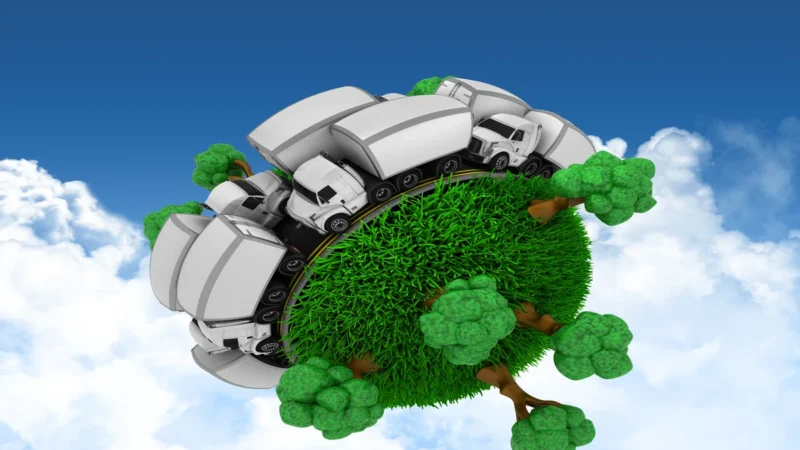Driving Sustainable Real Estate: The Impact of Eco-Investing

Green buildings and sustainable real estate projects have become an integral part of the modern real estate industry. With a growing concern for the environment and a shift towards sustainable living, investors and developers are increasingly focusing on eco-friendly buildings. This article explores the influence of sustainable investing on the development of such buildings and sustainable real estate projects.
Understanding Sustainable Investing:
Sustainable investing, also known as socially responsible investing (SRI) or environmental, social, and governance (ESG) investing, is an approach that considers the environmental, social, and governance impact of investments. In the real estate sector, sustainable investing plays a crucial role in driving the development of green buildings and eco-friendly projects.
The Impact on Development:
- Increased Demand: Sustainable investing has fueled the demand for green buildings and sustainable real estate projects. Investors and buyers are now actively seeking properties that prioritize energy efficiency, water conservation, and use of environmentally friendly materials.
- Financial Benefits: Sustainable buildings often offer long-term cost savings through reduced energy consumption and lower operational expenses. This makes them attractive to investors, as they can generate higher returns and enhance property values over time.
- Regulatory Support: Governments around the world are promoting sustainable practices by introducing regulations and incentives. These measures encourage developers to incorporate sustainable features into their projects, leading to a significant shift in the real estate industry.
- Market Competitiveness: With sustainable investing gaining momentum, developers who embrace eco-friendly practices gain a competitive advantage in the market. Such projects attract environmentally conscious tenants, resulting in higher occupancy rates and rental premiums.
The Role of Sustainable Investing:
- Capital Allocation: Sustainable investing channels funds towards projects that align with environmental and social goals. This capital allocation supports the development of green buildings and encourages developers to adopt sustainable practices.
- Innovation and Research: Sustainable investing fosters innovation and research in the real estate sector. Developers are motivated to explore new technologies, materials, and design concepts that minimize environmental impact and improve energy efficiency.
- Collaboration and Partnerships: Sustainable investing brings together various stakeholders, including investors, developers, architects, and policymakers. Collaboration among these entities promotes knowledge sharing, best practices, and the exchange of ideas, further propelling the development of eco-friendly buildings.
FAQs
Q: What is the definition of a green building?
A: A green building is one that incorporates sustainable design principles and practices to minimize its environmental impact throughout its lifecycle. It focuses on energy efficiency, water conservation, use of eco-friendly materials, and improved indoor environmental quality.
Q: How do green buildings contribute to environmental sustainability?
A: Green buildings reduce energy consumption, lower greenhouse gas emissions, conserve water resources, and minimize waste generation. They also enhance biodiversity and promote healthier living environments.
Q: Do green buildings cost more to construct?
A: While green buildings may have a slightly higher upfront cost, they offer long-term financial benefits through reduced operational expenses and improved asset value. The return on investment over the building’s lifespan often outweighs the initial construction costs.
Q: What certifications are available for green buildings?
A: Certifications such as LEED (Leadership in Energy and Environmental Design) and BREEAM (Building Research Establishment Environmental Assessment Method) are widely recognized standards for assessing and certifying the sustainability performance of buildings.


